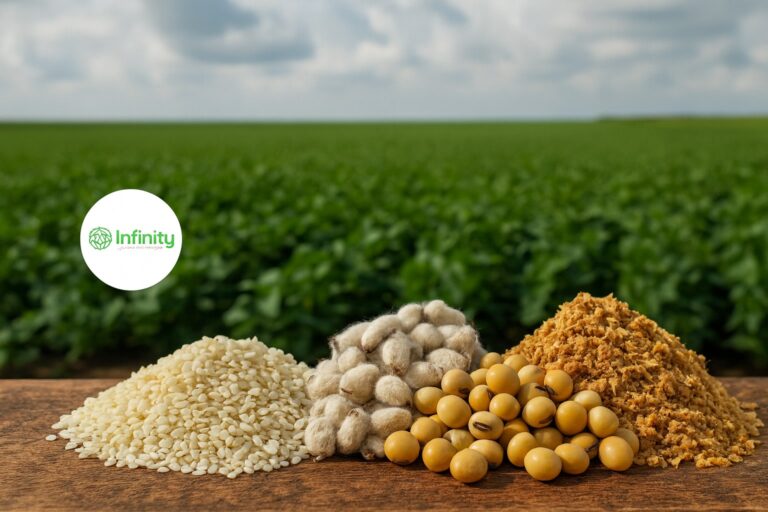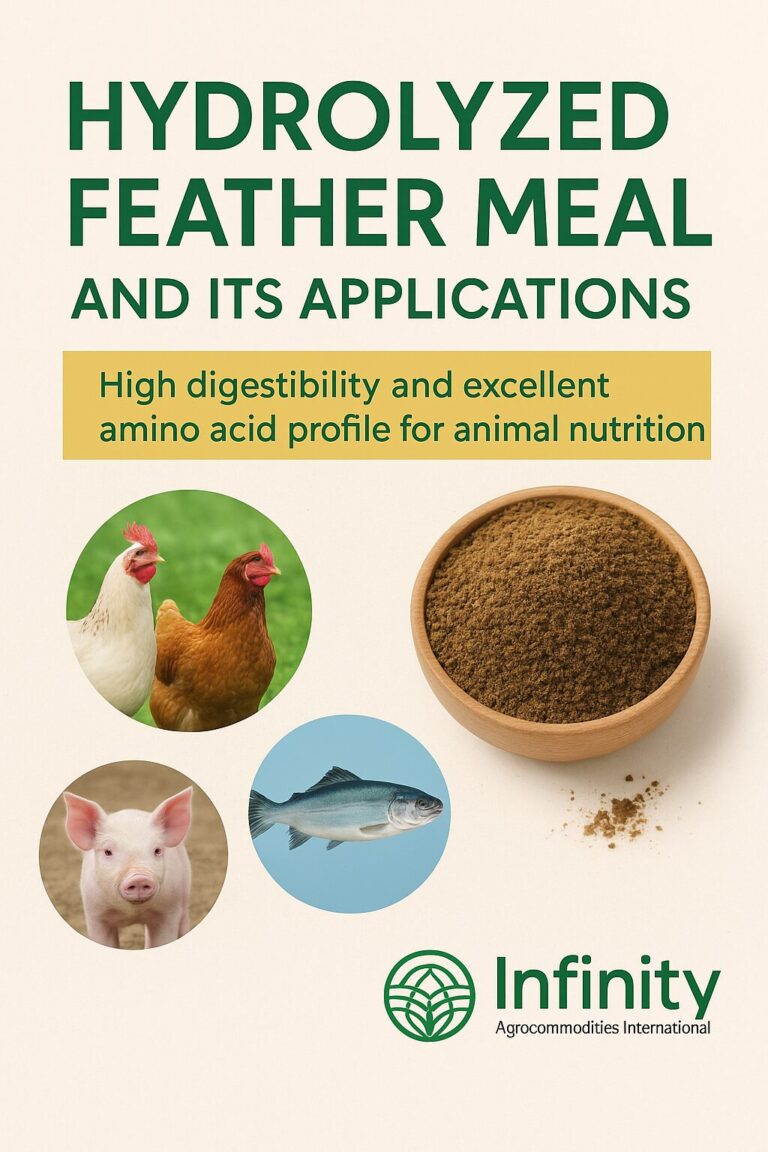Solid-looking crops and low disease pressure (so far) emerge amid derecho and heavy rainfall.
This year’s rampant rainfall has frustrated the planting and spraying plans of many Iowa farmers. A derecho that ripped through eastern Iowa added insult to injury.
Good crop news, however, is emerging in this challenging year. Here’s a roundup of what Iowa State University Extension and Outreach field agronomists report in mid-to-late July. (Find the complete report here.)
There’s one positive point about the derecho that swept through northeastern Iowa on July 15. “Fortunately, crop damage was minimal, with the worst damage occurring in parts of northern Dubuque County,” says Joshua Michel, ISU Extension field agronomist who covers northeastern Iowa. Along with high winds, the storm was accompanied by heavy rainfall. Up to 1.5 inches fell in parts of Delaware and Dubuque counties, while counties further farther north only received 0.10 to 0.25 inch, he says.
Winds that accompanied rainfall on July 15 spurred some later-planted cornfields to lean and suffer brittle snap, or greensnap, in south-central and southeastern Iowa, which Rebecca Vittetoe, ISU Extension field agronomist, covers. The good news, though, is that overall damage was minor, she says.
North-central Iowa has been hard-hit by prolific precipitation this year, and variable rainfall continued to occur during the week of July 15-22. Just 0.3 inch fell at Webster City, while nearly 3 inches fell near Iowa Falls, says Angie Rieck-Hinz, ISU Extension field agronomist.
Low corn disease pressure — so far
Meaghan Anderson, an ISU Extension field agronomist who covers central Iowa, is finding low levels, so far, of corn disease, such as common rust, southern rust, gray leaf spot, tar spot and bacterial leaf streak.
Rieck-Hinz has seen a little gray leaf spot and bacterial leaf streak, with some physoderma, in her area. “By far, the most common disease I am seeing is common rust,” she says.
Vittetoe also reports low corn disease pressure, but she is finding a mixed bag — including tar spot, gray leaf spot, common rust and bacterial leaf streak. “I’ve also heard some reports of southern rust as well,” she says.
In soybeans, Rieck-Hinz is finding the usual diseases, such as frogeye leaf spot and bacterial blight. “While I have not found white mold, I highly anticipate it is present in some fields,” she says.
Terry Basol, an ISU Extension field agronomist based in northeastern Iowa, is advising farmers he works with to continue scouting soybeans for diseases, particularly phytophthora root rot, due to excessive growing-season moisture.
Anderson is seeing some soybean fields with persistent yellow patches. Cause varies from field to field, she says. “Some are still waterlogged, some are nitrogen-deficient from early water and poor growth, and some have soybean cyst nematode as well,” she says.
Basol says a new tool available at the Crop Protection Network — called the Corn Fungicide ROI Calculator — can help farmers in making fungicide application decisions. It uses land-grant university research data from across the United States and Canada for the potential return on investment for a corn fungicide application across a variety of user-defined factors, he says.
Mainly quiet insect activity — so far
It’s been pretty quiet on the insect side, too. Virgil Schmitt, an ISU Extension field agronomist who covers southeastern Iowa, says the only insect issue he’s run into are potato leafhoppers, which continue to be above threshold in many alfalfa fields.
Michel reports Japanese beetles and adult corn rootworm beetles have been found feeding on silks. Vittetoe says she has seen and heard reports of cornfields with high corn rootworm pressure. Meanwhile, Japanese beetle feeding has occurred in soybean fields and cornfields.
This is the time of year when weeds such as waterhemp will start breaking through the canopy in many fields, Anderson says.
A newcomer is Asian copperleaf. This member of the spurge family continues to emerge in a Boone County field monitored by Anderson.
Rieck-Hinz adds Asian copperleaf was confirmed in Hardin County, thanks to the astute observation of a local farmer-dealer. “A second field was confirmed in Wright County by a retailer,” she says.
Good crop shaping up
Aside from weather events and mixed pestilence, crops in many areas are shaping up nicely.
Schmitt reports that most corn in his area is in the R1 (silk) to R2 (blister) stage and looking good — as do most soybeans, which are in the R3 (early pod) to R4 (full pod) stage.
“Earlier-planted corn is being to reach brown silk, while the rest of the cornfields are beginning to tassel,” Michel says.
“The last couple of weeks have been favorable for completing field operations and finishing herbicide applications,” Basol adds. “Corn ranges from VT [tasseling] to R2, depending on planting date.”
“Corn and soybean [in central Iowa] are marching right through their reproductive stages, with corn mostly R1 [silk] to R2 [blister] and soybeans mostly in the R2 [full bloom] to R3 stage,” Anderson says. “Corn remains variable, with much of the crop looking very nice considering its rough start.”
Source: https://www.farmprogress.com/crops/despite-rough-weather-crop-potential-remains-good





